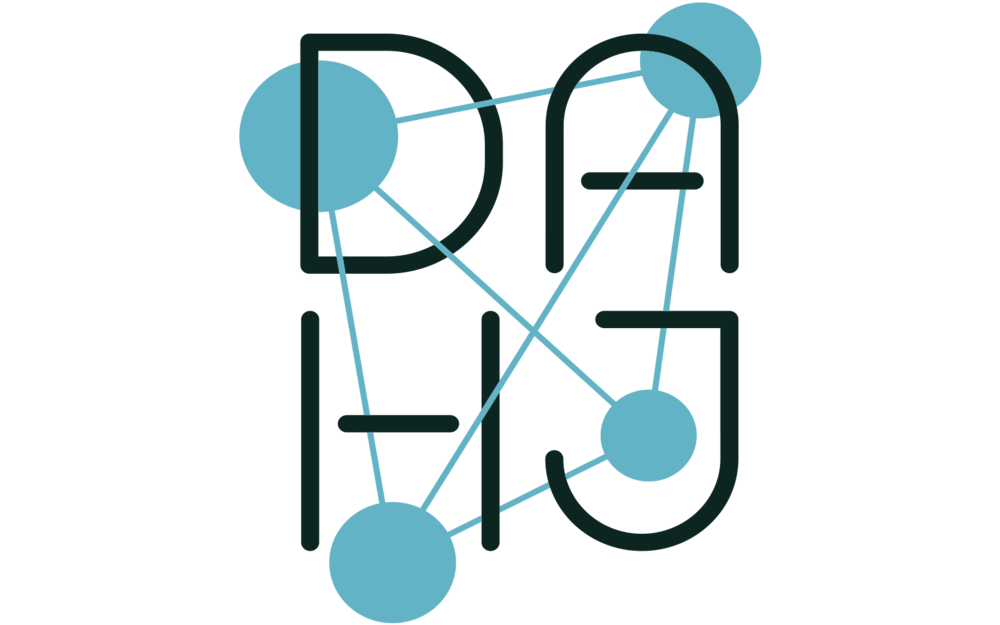Abstract
This article explores the artist’s relationship with Nature and her experience of Nature as a form of digital “consumption”. The author analyzes the limit that divides what can be qualified as “natural” or “artificial” life. Taking into consideration the artistic practice of the author, where she considers that curating a set of data, training a neural network and exploring the results of the model produced can be understood as a form of meditation around a subject. Finally, it exposes how artificial life can be an experimental interface, for within the digital we can find countless ways to create experiences and interactions. It is also possible to create digital life forms that can be understood as autonomous actors. It can be a place where we can explore a potentially countless amount of alternative narratives that in turn will perhaps allow us to see our physical world in a slightly different light.
DOI: https://doi.org/10.11588/dah.2021.7.82303
Para la versión en español: https://doi.org/10.25025/hart09.2021.03
Author
Sofía Crespo
is an artist working with a huge interest in biology-inspired technologies. One of her main focuses is the way organic life uses artificial mechanisms to simulate itself and evolve, this implying the idea that technologies are a biased product of the organic life that created them and not a completely separated object. Crespo looks at the similarities between techniques of AI image formation, and the way that humans express themselves creatively and cognitively recognize their world. Her work brings into question the potential of AI in artistic practice and its ability to reshape our understanding of creativity. On the side, she is also hugely concerned with the dynamic change in the role of the artists working with machine learning techniques.

